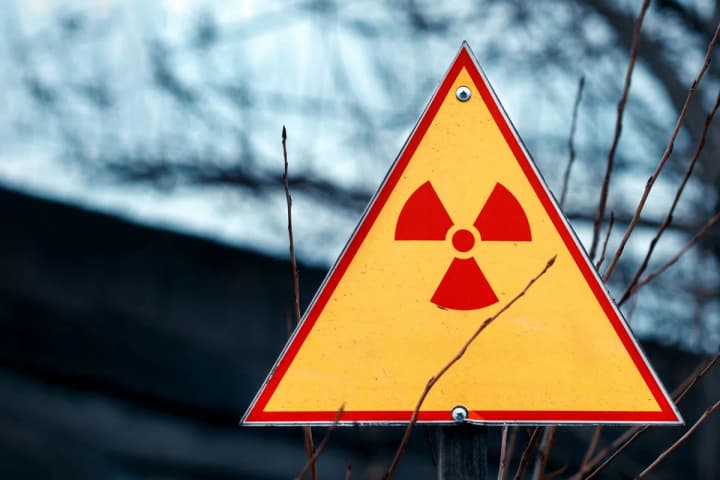The Norwegian Radiation and Nuclear Safety Authority (DSA) has recorded an increase in radiation above normal thresholds on the border with Russia, UNN reports , citing a statement from the agency.
Details
According to the DSA, traces of cesium-137, a radioactive isotope released during the decay of uranium-235, which is used in nuclear reactor fuel and nuclear weapons fuels, were found in samples from two radiation monitoring stations, Wickshefjell and Svanhove.
DSA finds cesium at all air filter stations in Norway, and this is often due to mixed dust from old fallout from the Chernobyl accident
Addendum
Meanwhile, the Barrents Observer indicates that the radioactive isotope was detected between September 9 and 12 and only at stations close to the Norwegian-Russian border: other radiation monitoring stations in northern Norway and Lapland did not record it.
Also, nothing was reported about the presence of cesium in the samples from the Russian side.
The source of cesium-137 is currently unknown. There are several nuclear-powered icebreakers operating in the Barents Sea, as well as nuclear submarines, which have been participating in the largest Ocean 2024 exercise since the Cold War on September 16.
However, analysts believe that a leak of cesium-137 from a reactor operating at sea is very unlikely.
Another possibility, in their opinion, may be related to the development or testing of a Russian nuclear-powered Burevestnik missile. The launch site is located on the Novaya Zemlya archipelago, where the USSR conducted nuclear tests until 1990.
